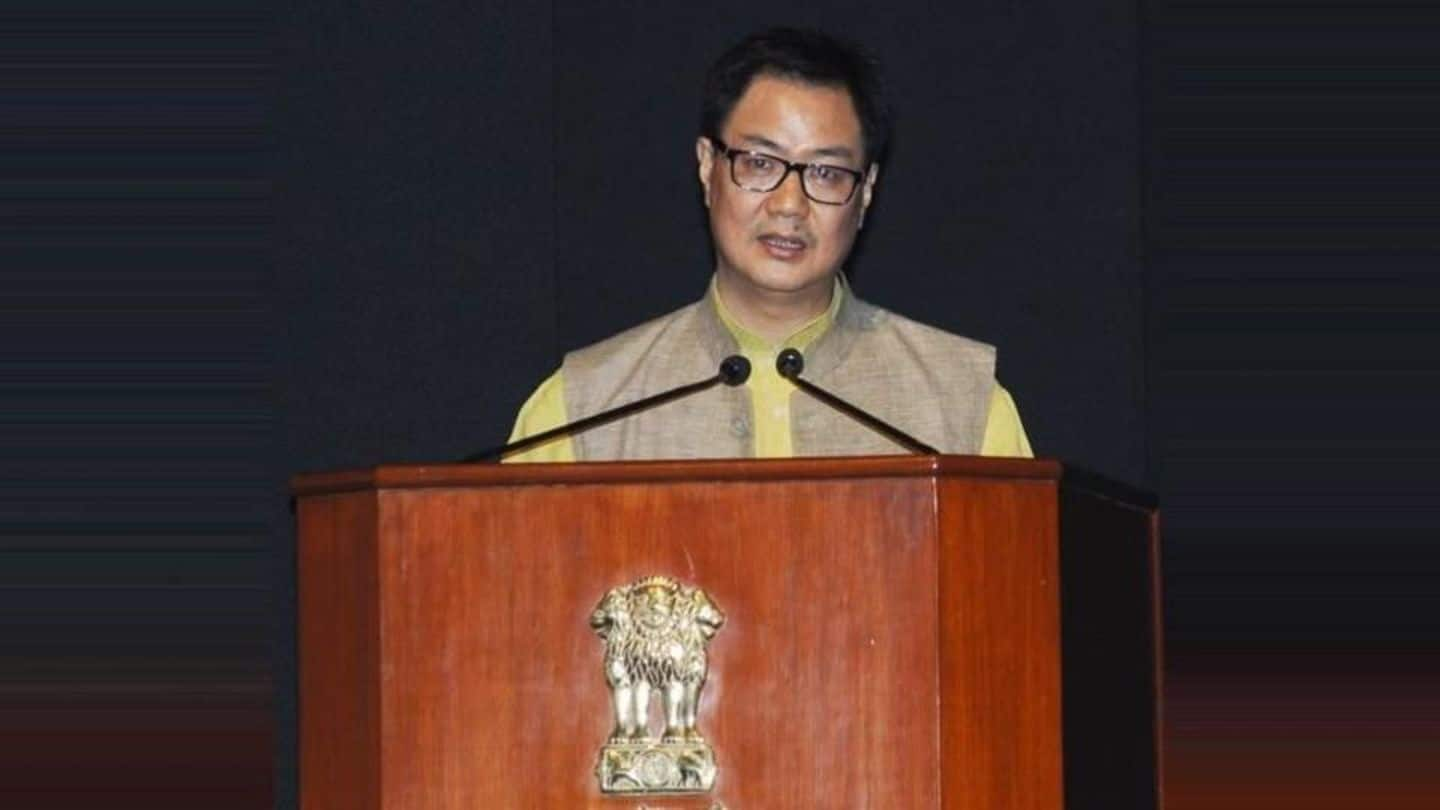
Following Doklam standoff, Government reviews infrastructure along Sino-Indian border
What's the story
MoS Home Affairs Kiren Rijiju, MoS External Affairs General (retd) VK Singh and Army chief General Bipin Rawat reviewed the progress of infrastructure projects along the 1,126-km Sino-Indian border in Arunachal Pradesh. This is part of the Centre's wider aim to resolve the lack of infrastructure along the 3,488-km long Sino-Indian border. It comes after the Doklam standoff's resolution between Indian and Chinese troops.
Why
Why has it become necessary?
The Doklam standoff witnessed increased tensions between Indian and Chinese troops, putting the spotlight on India's border infrastructure. If it had escalated to a conflict, India would possibly find it difficult to deploy troops along the border due to poor infrastructure. Further, China's preparedness concerning infrastructure is far superior, enough to sustain 30 divisions (each more than 15000 soldiers) with 5-6 rapid action forces.
Clearance
Doing away with forest clearance for infrastructure projects
To accelerate the infrastructure construction process in the border regions, the government has gotten rid of environmental clearances if such projects take place within 100 km of the Line of Actual Control (LAC). In 2014, the government gave general approval for using forest land for construction projects. However, caveats such as afforestation equal to the land used for construction, remain.
More powers
Revamping the Border Roads Organization
The administrative and financial powers of the Border Roads Organization (BRO) have been enhanced. Officials' financial powers have increased 5-10 times. For example, the chief engineer could earlier approve works until Rs. 10 crore can now give administrative approval up to Rs. 50 crore. This was done because so far, only 27 out of 73 roads approved along the Sino-Indian border have been completed.
Potential
Will this work?
The government is confident that the BRO will perform in a more streamlined manner under the defense ministry, where it was shifted in 2015. Earlier, it was under the road transport ministry. Roads were supposed to be completed in 2012 but faced difficulties like delays in clearances and limited working season due to environmental conditions. With more manpower and specialized machinery, things might improve.